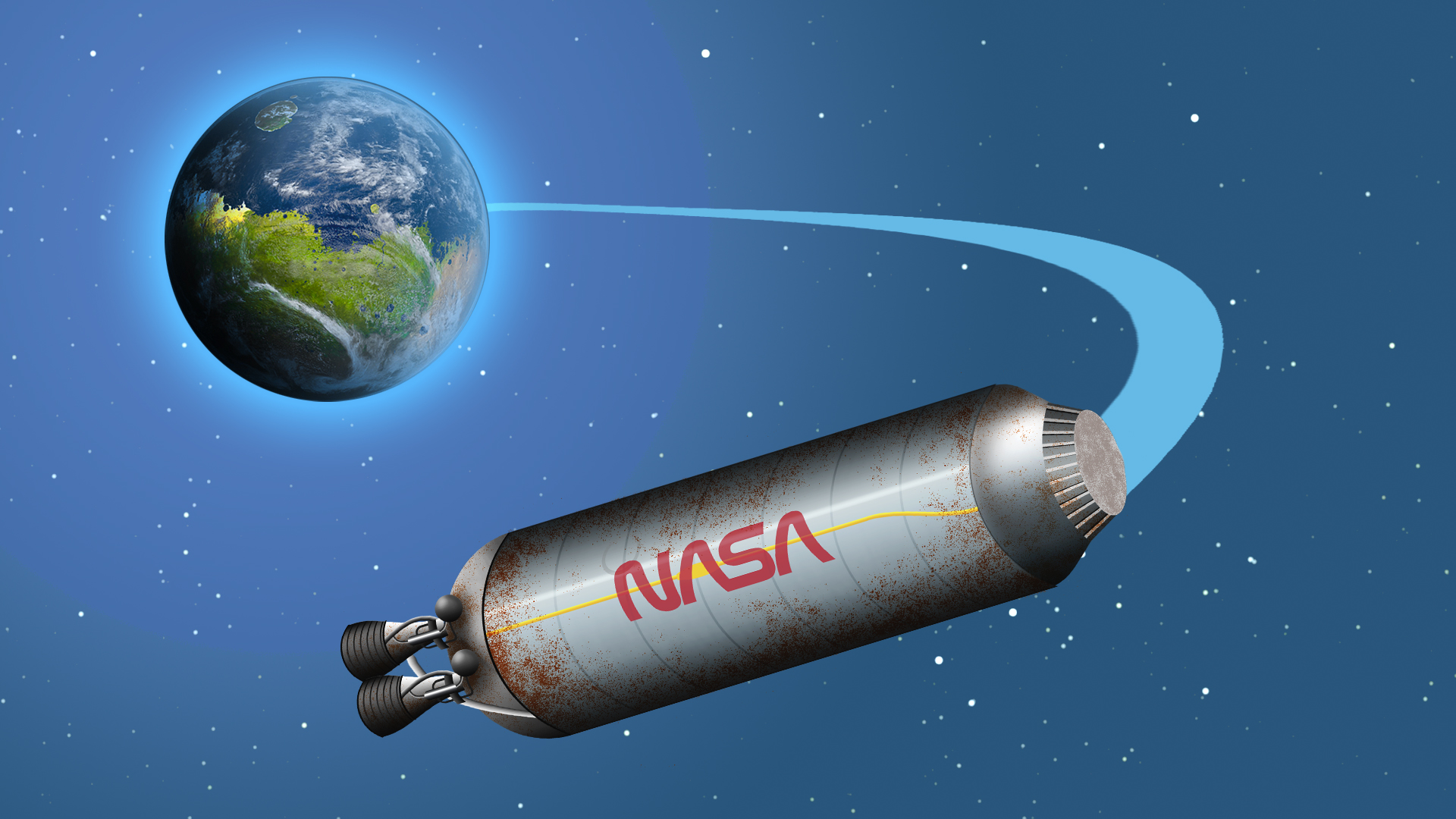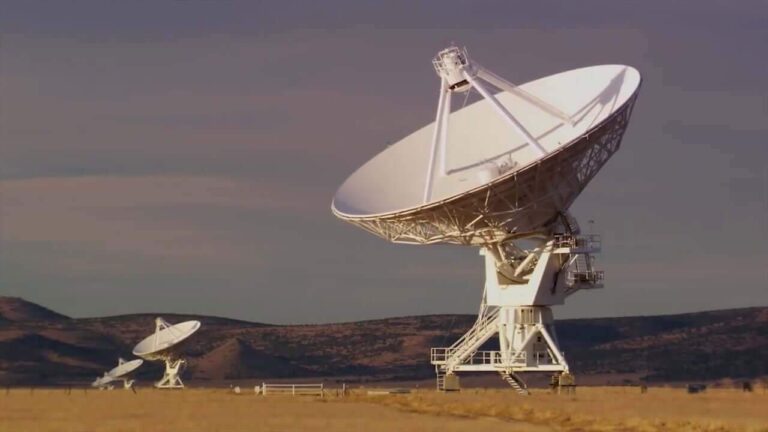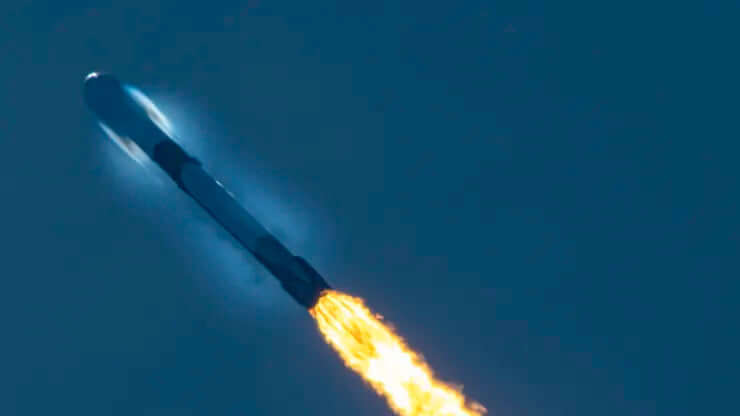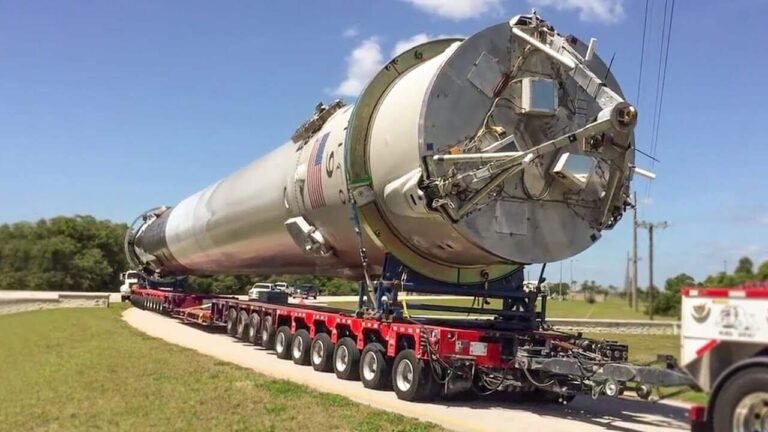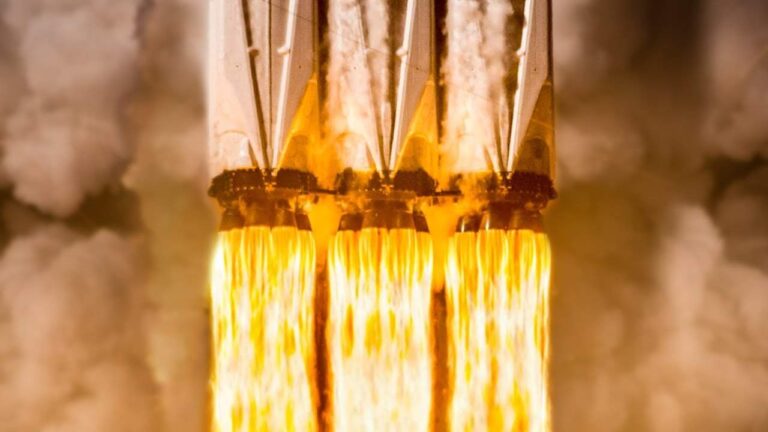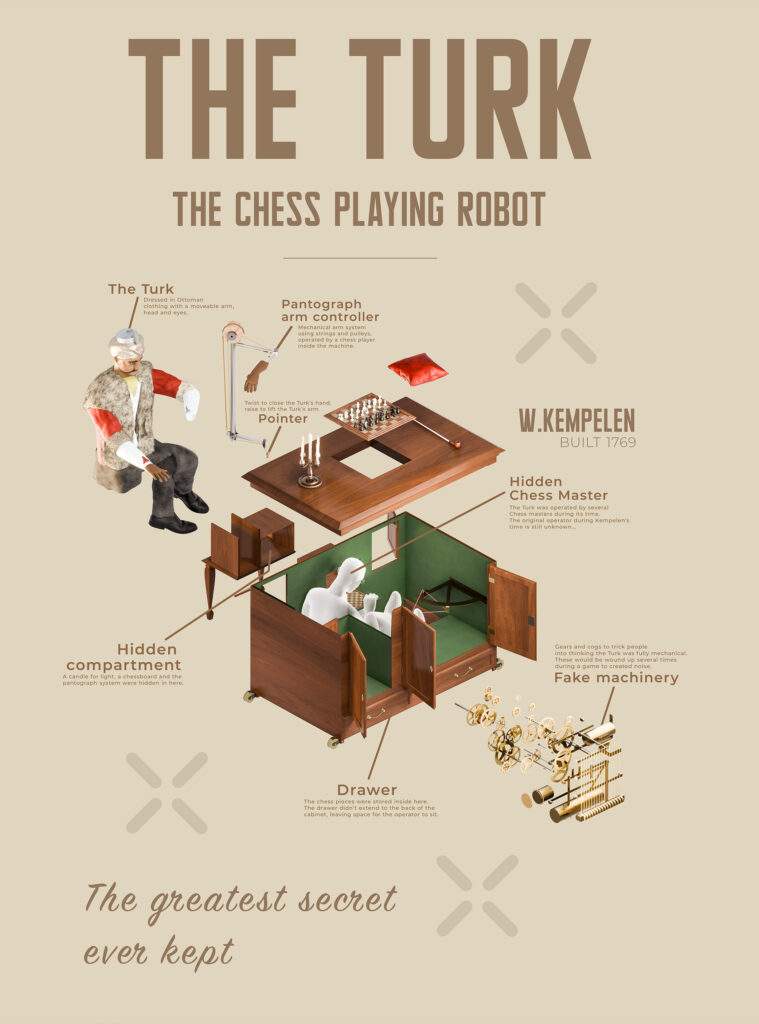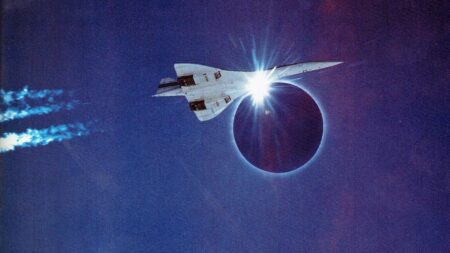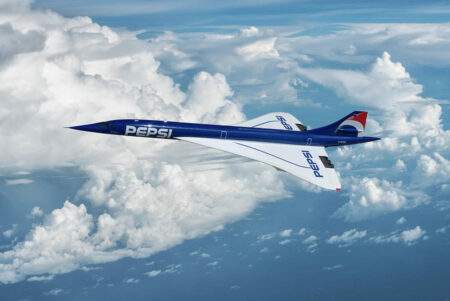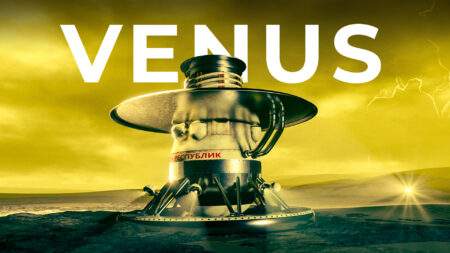On the 6th of February 2018, the Falcon Heavy launched Starman and his Tesla Roadster into space. After leaving Earth, Starman ended up on an orbit around the sun. The chances of Starman coming back to Earth are extremely low. Its orbit isn’t expected to intersect Earth until the year 2047.
Even when this happens, it will only pass by briefly at a distance of 2 million miles. After this close encounter, it will continue on its orbit around the sun, not returning to Earth for at least another few decades.
Throughout the history of spaceflight, we have launched hundreds of objects beyond Earth’s orbit. Some objects like the Voyager space probes, have even gone fast enough to leave the solar system. Once something is sent into space, that is usually the last goodbye. And unless something is specifically designed to return, these objects are destined to spend the rest of their lives in space.
Natural objects however enter Earth’s atmosphere everyday. Most of these are large fragments of asteroids that broke apart a long time ago in our Solar System. Some of these are large enough to survive the intense journey through Earth’s atmosphere and reach the surface. Most of them however burn up in the atmosphere due to the immense speed they carry.
An unusual looking asteroid
Back in September of this year, astronomers were observing some of these asteroids using the NASA survey telescope on the island of Maui. This specific group of astronomers were focusing on asteroids heading in the direction of Earth. They discovered an object that was heading towards Earth with some unusual characteristics.

This object flew past our Moon at 3,000km/h, much slower than the typical speed of an asteroid, which can sometimes reach tens of thousands of km/h. Most asteroids have a more oval-shaped orbit, on a plane that’s tilted compared to Earth. Initial calculations of this object showed that it had a very circular orbit around the sun, similar to that of Earth.
On further inspection, the orbital plane of this object wasn’t tilted, and in fact perfectly matched the orbital plane of Earth. This low velocity paired with an Earth-like orbit made the astronomers think that this wasn’t an asteroid, but in fact an artificial object that originated from Earth.

They continued to observe this object and gave it the name 2020SO. After further analysis and tracing back its orbit, they found that object 2020 made a close approach to Earth back in 1966. Looking through the launch archives from this time period, they found a mission that lined up with this almost perfectly: the Surveyor 2 mission.
The most likely candidate
Lifting off from Cape Canaveral on an Atlas-Centaur rocket, Surveyor 2 headed for the Moon. It was designed to conduct experiments on the Lunar surface and send back detailed images which would help NASA plan for the upcoming Apollo missions. After all, humans were just 3 years away from walking on the Moon and yet very little was known about the world they would be entering.
After launch, the Centaur upper stage placed the spacecraft on a path towards the Moon. But as Surveyor tried to refine it’s path, one of its thrusters failed and caused the spacecraft to lose control, until it hit the Moon at almost 10,000km/h. The Centaur upper stage continued on, flying past the Moon and entering into an unknown orbit around the sun.
For decades, this rocket booster was out there doing laps around the sun. But it’s orbit was slowly being changed by the continuous pressure from the sun. The radiation which blasts out from the Sun exerts a small but constant force on objects in space, like a very gentle breeze.
Solar pressure changing its orbit
Since the Centaur booster is essentially an empty metal tube, it’s very lightweight but still has a large surface area. This makes it much more susceptible to the solar winds than a dense and heavy asteroid. After observing this gradual change in orbit, astronomers confirmed that this couldn’t be an asteroid and it must be something made by humans. But the astronomers still weren’t sure if this object really was the Centaur rocket from the 60’s making a surprise return to Earth. And so, they went on a mission to confirm that it really was the Centaur upper stage.

2020 was on a trajectory to enter Earth’s orbit in November – and the astronomers calculated that it would make several close approaches during its stay, before returning to an orbit around the Sun in March. This would be a great chance to observe the object in more detail and determine if it really was the Centaur rocket.
However, this object was incredibly faint and required some of the world’s most powerful telescopes to even see it. At its closest approach, it would reach an apparent magnitude of just 14. On the magnitude scale, objects only become visible to the human eye once they reach 6 or below. To put this into perspective, most of the planets in our solar system have a magnitude below 1 and even they can be difficult to spot with the naked eye.
Confirming Centaur’s identity
The only way the scientists could prove this was the Centaur rocket would be to find out if it was made from the same material, 301 stainless steel. In order to do this, scientists took over NASA’s infrared telescope in Hawaii and began doing spectroscopy observations. This telescope has a 3 meter wide mirror and is located at an altitude of 4,000m on top of a mountain, giving it a super clear view of the night sky.
It can measure a wide range of wavelengths in the infrared spectrum, allowing it to perform spectroscopy observations. This technique is often used to study the atmosphere of distant exoplanetes, to determine what elements they are made of. As a planet passes in front of its star, the molecules in the atmosphere absorb light at specific wavelengths. By observing these dips at specific wavelengths, we can compare it to the data we have here on Earth and determine which atoms and molecules are present in the atmosphere.
The same technique can be used on a solid object to determine its material. The atoms and molecules that make up stainless steel will emit and absorb light at very specific wavelengths, creating a signature that can be easily recognized as stainless steel. So, the scientists took spectral measurements of object 2020 and compared it to measurements made of stainless steel here on Earth. With this data, the scientists could compare the two measurements and see if they had similar light behaviour. The data showed some similarities, but the match was far from perfect.
They realized that the difference in results could have been from observing ordinary stainless steel against stainless steel which had been exposed to the harsh conditions of outer space for 54 years. With the intense radiation from the Sun, it’s possible that the stainless steel had gone through a severe aging process, gradually changing the elements and therefore the lighting dynamics of the material. In order to get a real match, they would need to compare it to a piece of stainless steel that has also seen the harshness of space. Luckily, there have been 245 Centaur launches since 1962 – and many of the old stages still remain in Earth’s orbit.
But observing one of these old rocket stages for long enough would be a massive challenge. Objects in Earth’s orbit can move across the sky at an incredible speed. This means NASA’s infrared telescope would struggle to lock onto the object for long enough to get a good amount of data.
Comparing spectroscopy graphs
They chose to observe a Centaur rocket stage which launched in 1971, taking a communication satellite into orbit. Despite the challenge, the scientists managed to lock onto the 49 year old rocket and gather all the data they needed. This happened on the same day that object 2020 made its closest approach to Earth. The data came back and the spectrum graph of this old rocket stage perfectly matched that of object 2020. This proved that object 2020 was made of 301 stainless steel and was undoubtedly the lost Centaur booster from 1966.

So as we continue to launch more and more objects into space, our ability to detect which objects are heading towards Earth will become increasingly important. As our presence in space increases and our technology becomes more advanced, observing objects like this will become much more routine. For object 2020, it will leave Earth’s orbit in March and continue orbiting the sun until it eventually returns to Earth again in the distant future. Like Starman, these objects are on a journey that us humans could never imagine. But due to the laws of physics, they always end up coming home at some point.
